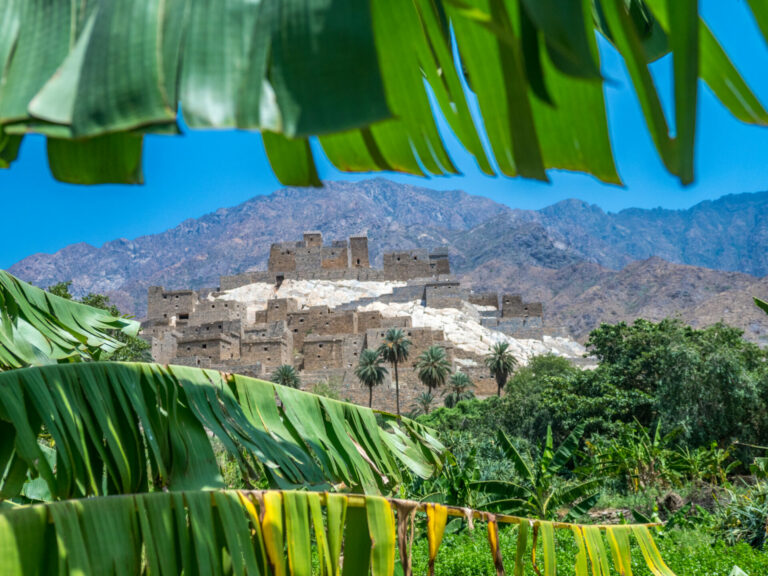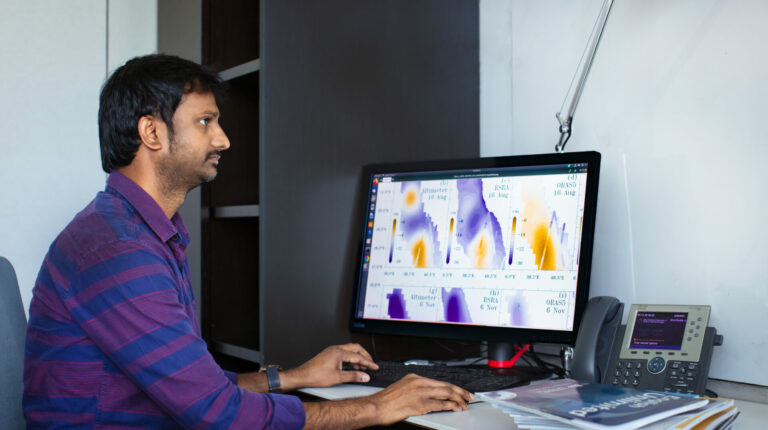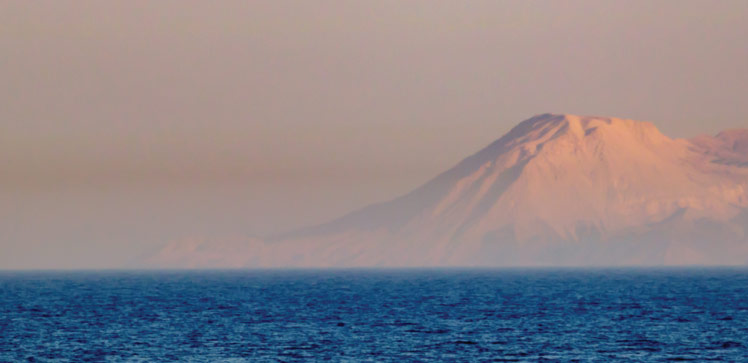Earth Science and Engineering
Plate separation births two volcanic islands
The emergence of two volcanic islands in the Red Sea suggests a larger underlying event linked to African-Arabian plate separation.

The appearance of two new volcanic islands in the Zubair archipelago of the southern Red Sea gave researchers from KAUST the opportunity to study the rare emergence of new islands on a mid-ocean ridge system.
Between 2011 and 2013, two volcanic islands, named Sholan and Jadid, appeared in the Zubair archipelago’s mid-ocean ridge system. The eruptions from which they were formed were accompanied by a series of earthquakes, and the seismic and volcanic activity caused visible disturbance to the landscape on neighboring islands.
Sigurjón Jónsson at KAUST’s Earth Science and Engineering Program, recalled hearing of the islands’ formation in December 2011, along with colleagues Wenbin Xu and Joel Ruch. “Given the rarity of such an event, we immediately wanted to learn from it,” Jónsson says.
“However, the islands belong to Yemen and are basically out of reach for fieldwork, so our observations were limited to satellite images and seismic data.”
Xu and Ruch used high-resolution satellite optical and radar imaging techniques to study both how the islands developed as well as how the land deformed on other islands in the archipelago. They detected a previously unrecognized yet significant period of magmatic activity connected with the separation of the African and Arabian continental plates.
Xu used this information to simulate the two eruptions and pinpoint the likely underground triggers for the volcanic activity. Each eruption was fed by a dike—an intrusion of magma pushing toward the surface through existing rock layers. The model suggests both dikes run along a larger existing North-South fracture system, which cuts through the Zubair area.
“We realized the two eruptions were likely part of a larger sequence of events—a so-called rifting episode,” explains Jónsson. “Rifting episodes occur on boundaries where continental plates are moving apart—a large amount of magma enters the crust from below and meter-scale spreading of the plates can occur in just a few years. More often than not this happens on the sea floor where it’s almost impossible to study.”
Many decades of limited activity can pass between rifting episodes in any one particular place—the last period of rifting in the southern Red Sea was probably in the 19th century. The recent events present a valuable opportunity to advance understanding of plate divergence, particularly as they are visible on the Earth’s surface.
“We will continue studying this island-building event and its possible influences on future activity in the area,” states Jónsson.
References
- Xu, W., Ruch, J. & Jónsson, S. Birth of two volcanic islands in the southern Red Sea. Nature Communications 6, 7104 (2015).I article
You might also like

Applied Mathematics and Computational Sciences
Measuring the impact of desert greening

Applied Mathematics and Computational Sciences
Data-driven regional ocean models essential for planning

Earth Science and Engineering
Oil reservoirs under pressure

Earth Science and Engineering
Anthropogenic air pollution impacts health and climate in the Middle East

Earth Science and Engineering
Lagoon blooms out of Red Sea season

Earth Science and Engineering
The Arabian plate is holding steady

Earth Science and Engineering
Harnessing the sun's energy for rainfall

Earth Science and Engineering



